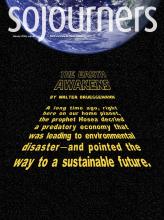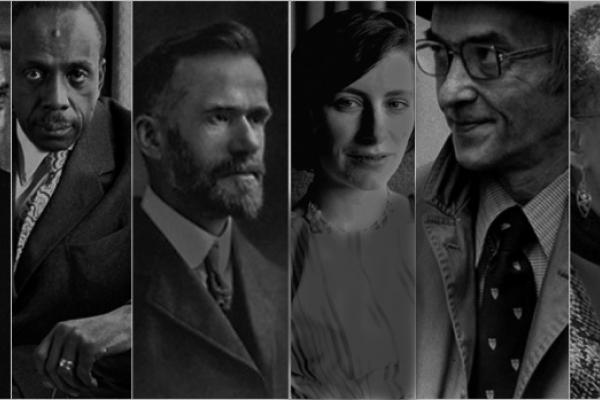IN THE LATE 1930s, a large swath of the American church was reluctant for the United States to become involved in another war in Europe. The memory of the Great War was too fresh; what had been intended to be “a war to end all wars,” a crusade for freedom and democracy, in hindsight just looked like senseless horror. Entire denominations committed to peace positions.
This pacifist sentiment troubled Reinhold Niebuhr, who was following the rise of Hitler and spoke out against the atrocities committed against Jews long before they had reached the national consciousness. So in 1940 Niebuhr penned an essay to rally what he saw as a disillusioned, passive church into taking concrete action for social justice. He titled the essay “Why the Christian Church is Not Pacifist” and argued that in a world marred by sin, coercion and violence were sometimes necessary to pursue justice.
After the attack on Pearl Harbor, Niebuhr’s argument against pacifism won the day; U.S. churches lined up en masse to support the war effort. Since then, many Christians have taken it for granted that violence is an unfortunate but realistic necessity if we hope to bring justice in a world where injustice is so pervasive.
Yet a survey of 20th century theology shows that many Christians have grappled with violence, justice, and the gospel and arrived at conclusions quite different from Niebuhr—and from each other. These Christian witnesses for peace include familiar voices such as Dorothy Day, Thomas Merton, Martin Luther King Jr., John Howard Yoder, and Stanley Hauerwas, but also many less well-known voices, such as the ones listed on the following pages. Examined together, these eight perspectives show that Christian nonviolence isn’t a singular position, but rather a rich conversation wrestling with what it means to live out the biblical call to justice amid the complexities of ever-changing political, social, and moral situations.
Read the Full Article

